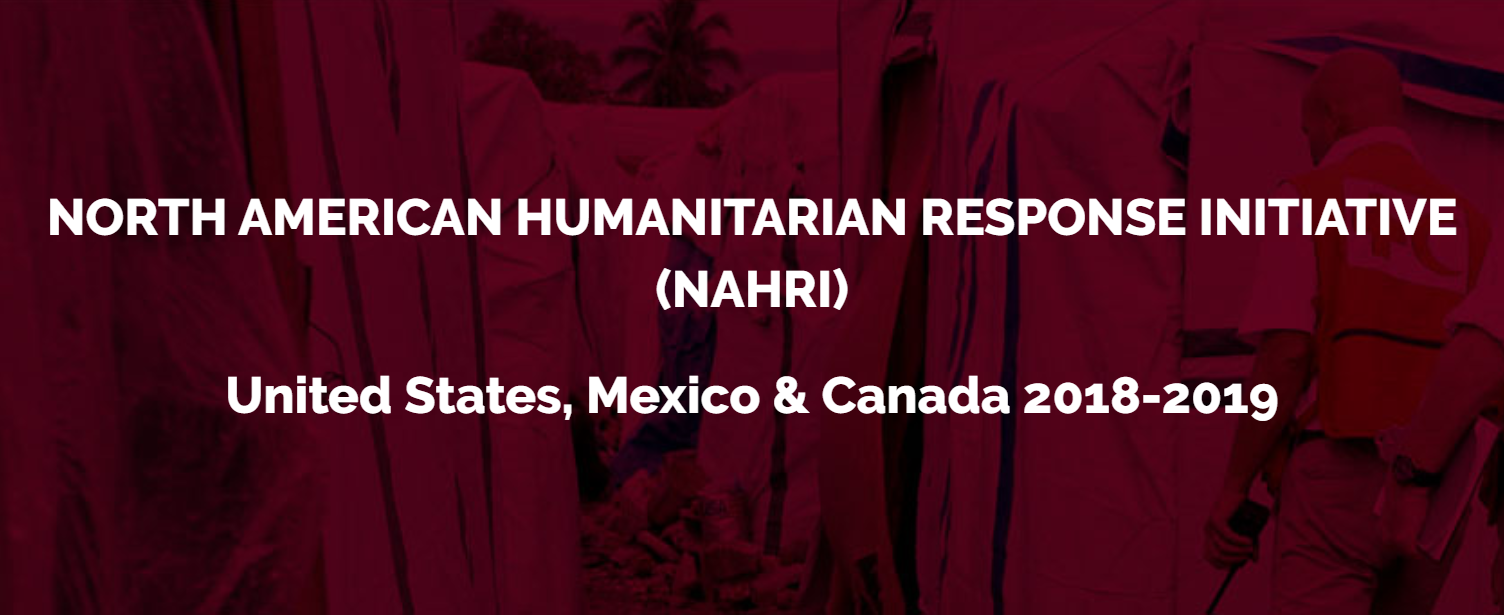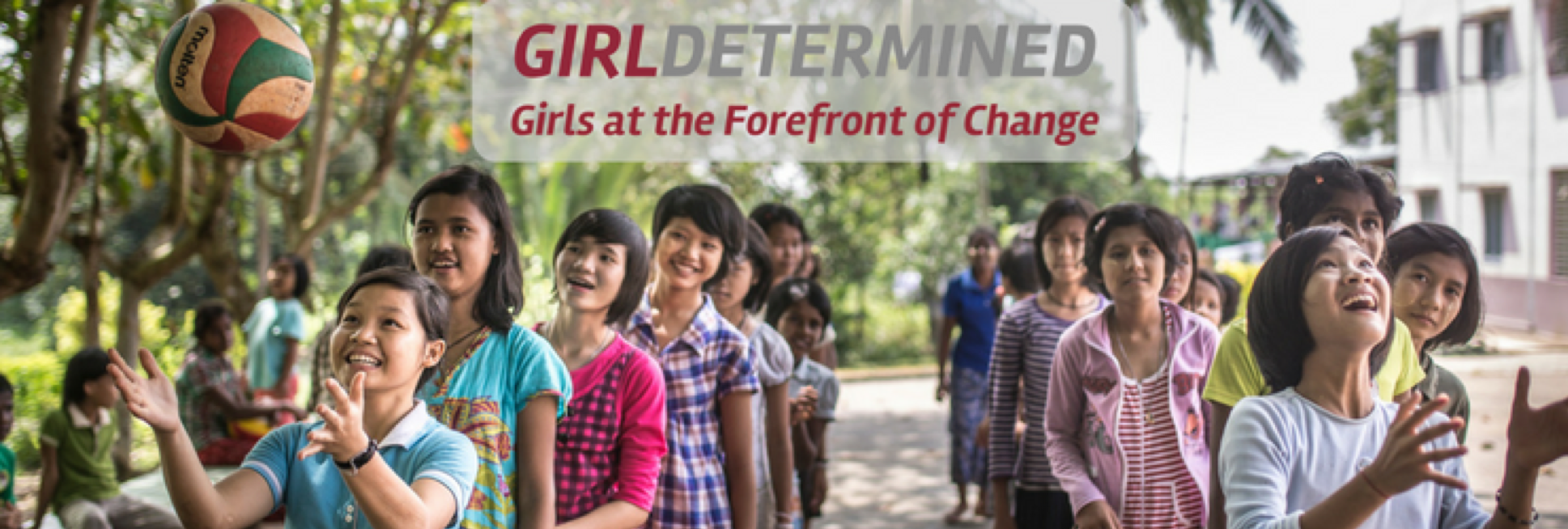Beyond our multi-project labs, the UVA Humanitarian Collaborative also works with collaborative projects that center around the same principles as our labs: building teams to engage in applied research, advocacy, and policy work to solve real-world humanitarian and development challenges. We also host and participate in student-facing activities and topically relevant discussions and events.
Additional Work
-
 Across developed countries, policymakers have been surprised by recent episodes of migration, whether from Central America across the southern border of the United States or from the Middle East and North Africa into the European Union. In addition to the larger number of arrivals, receiving states have been unprepared for the new demographics of these migrant populations. This project aided in the advancement of the current state of understanding regarding migrant flows and offered insights into predicting future increases in migration.
Across developed countries, policymakers have been surprised by recent episodes of migration, whether from Central America across the southern border of the United States or from the Middle East and North Africa into the European Union. In addition to the larger number of arrivals, receiving states have been unprepared for the new demographics of these migrant populations. This project aided in the advancement of the current state of understanding regarding migrant flows and offered insights into predicting future increases in migration. -
 Although the mental health impacts of emergencies have long been recognized, efforts to systematically understand the effectiveness of psychosocial interventions is missing. Mental Health and Psychosocial Support (MHPSS) is defined as “any type of local or outside support that aims to protect or promote psychosocial wellbeing and/or prevent or treat mental disorder.”
Although the mental health impacts of emergencies have long been recognized, efforts to systematically understand the effectiveness of psychosocial interventions is missing. Mental Health and Psychosocial Support (MHPSS) is defined as “any type of local or outside support that aims to protect or promote psychosocial wellbeing and/or prevent or treat mental disorder.” -

Center team members participated in an applied research and policy project with the North American Humanitarian Response Initiative (NAHRI), a program sponsored by the Global Emergency Group for the Red Cross. The work focused on a large-scale preparedness study leading to recommendations for cross-border assistance for vulnerable populations caught in catastrophic disasters in North America.
-
 In partnership with international non-governmental organization Girl Determined in Myanmar, Center faculty and three students worked to analyze the NGOs primary data from the past five years and develop a new dataset and data collection methodology to help the organizations achieve more efficacy.
In partnership with international non-governmental organization Girl Determined in Myanmar, Center faculty and three students worked to analyze the NGOs primary data from the past five years and develop a new dataset and data collection methodology to help the organizations achieve more efficacy.